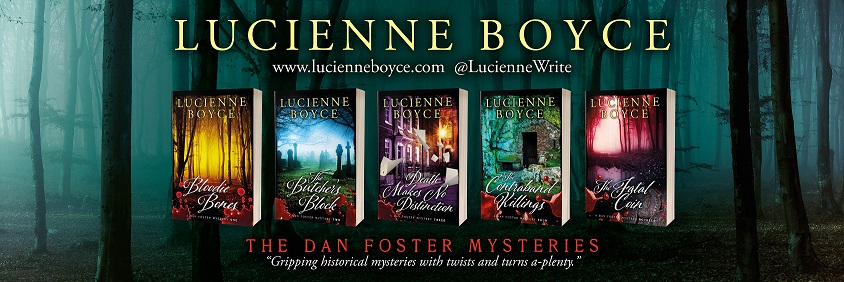My blog has moved to my new website and is now at https://lucienneboyce.com/blog/ I'm no longer posting blogs on this site, but you can still read the old blogs on this site, or you can find them at the new location.
In the eighteenth and nineteenth centuries, bare knuckle boxing was one of Britain's most popular sports. It had its own slang: it was the world of the Fancy, of milling coves and prime goods, bucks and novices, gluttons and swells. This distinctive and racy slang has influenced many writers, as I described in a talk at the Hawkesbury Upton Litfest's Festival of Words on Saturday 22 April 2023. This is a transcript of the talk. The Game Chicken awakened in Miss Nipper some considerable astonishment; for, having been defeated by the Larkey Boy, his visage was in a state of such great dilapidation, as to be hardly presentable in society with comfort to the beholders. The Chicken himself attributed this punishment to his having had the misfortune to get into Chancery early in the proceedings, when he was severely fibbed by the Larkey one, and heavily grassed. But it appeared from the published records of that great contest that the Larkey Boy had had it all his own way from the ...
